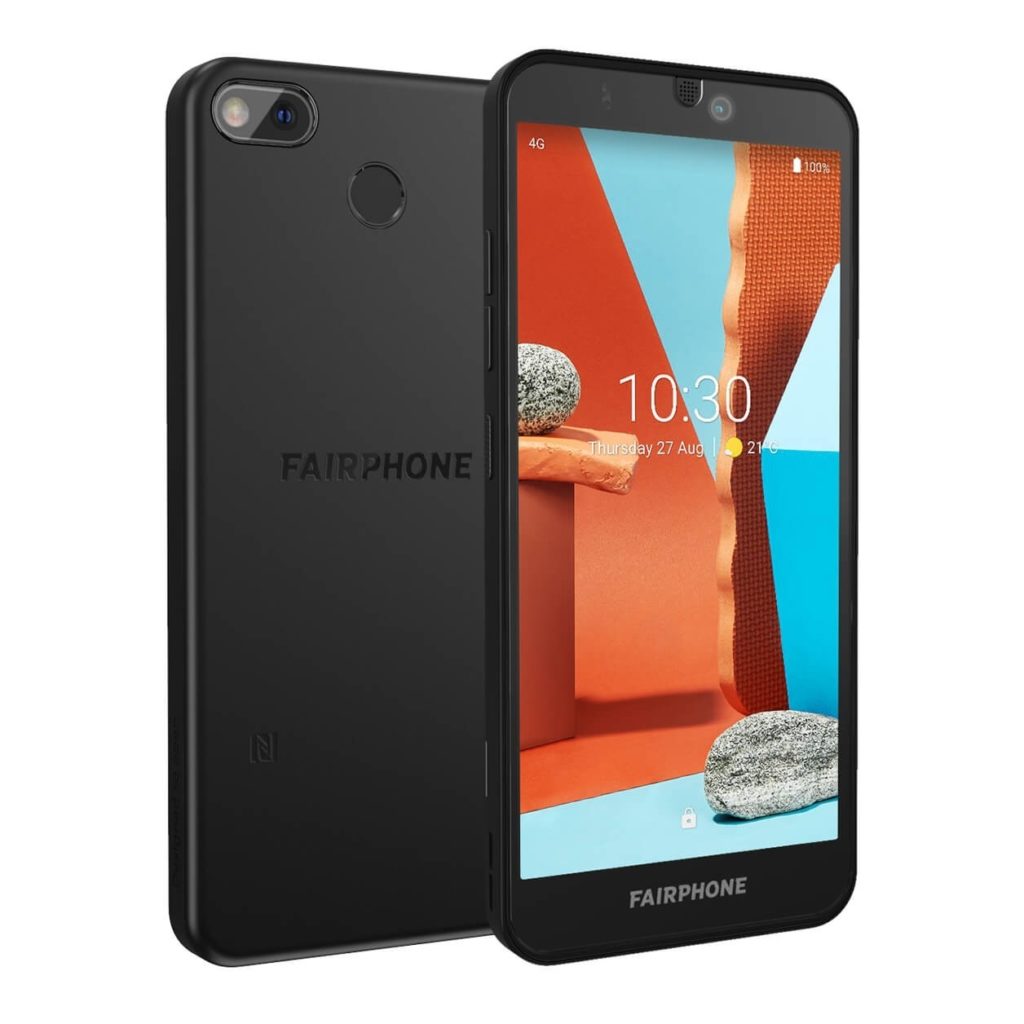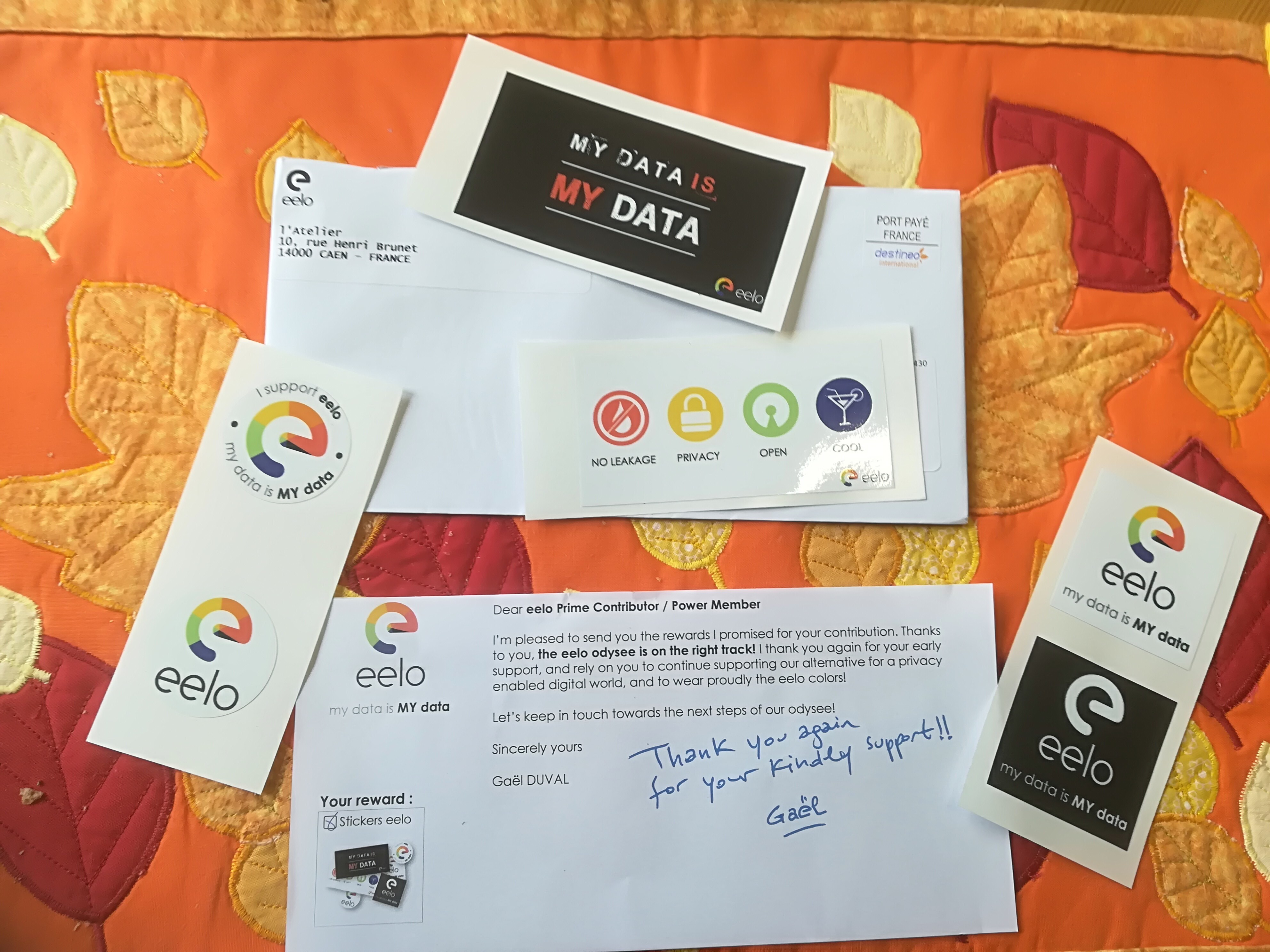
Ubiquitous computing names the third wave in computing, just now beginning [when written in 1988]. First were mainframes, each shared by lots of people. Now we are in the personal computing era, person and machine staring uneasily at each other across the desktop. Next comes ubiquitous computing, or the age of calm technology, when technology recedes into the background of our lives. Mark Weiser
Mark Weiser (1952 – 1999) invented the term ubiquitous computing in 1988. Its principles are:
- The purpose of a computer is to help you do something else.
- The best computer is a quiet, invisible servant.
- The more you can do by intuition the smarter you are; the computer should extend your unconscious.
- Technology should create calm.
Conventionally, computing is always interested in maximizing throughput. Thus a 2020 AMD Ryzen Threadripper 3990X processor can perform 2 356 230 MIPS = millions of instructions per second, at 4.35 GHz. For Weiser this was an uninteresting value. He was more concerned about instructions per joule = watt-second, that emphasized low-power portable computing.
Not everything in Weiser’s life focused on calmness. He was also the drummer for Severe Tire Damage, with its motto “Don’t Back Up!”. It was the first band in the world to perform live on the Internet, 1993-06-24.
Many people attribute the iPhone, and smartphones more generally, to Steve Jobs (1955 – 2011), but like the Lisa and Macintosh computers and other personal computers before it, the iPhone and the smartphone had their origins at Xerox PARC = Palo Alto Research Center, where Weiser worked.
Sometimes, handheld devices are referred to as mobile devices. Yet, this alternative term perpetuates a misconception, for it is not the device that is mobile, but its user.
There are many contenders claiming to be the first handheld digital device. Some may want to include cameras, but most of these used film, excluding them from contention. The first commercial electronic single-lens reflex camera, the Nikon QV-1000C, released in 1988. Because of its quirks ( as seen from today’s perspective), others want to refer to the Fujifilm FUJIX DS-1P, as the first fully digital camera, because of its capability to save data to a semiconductor memory card. It also came out in 1988.
Another contender is the PDA = Personal Digital Assistant, where the first one, a Psion Organiser, was released in 1984, had limited features. Its successor, the Organiser II was launched in 1986, combined an electronic diary and searchable address database.
An earlier contender is the handheld game console, which Mattel started to make in 1976, when it sold Auto Race. Yet, before this was a pocket-sized electronic calculator. The first one was the Busicom LE-120A “HANDY”, from 1971. Personal note: Our family’s first hand-held device was a Casio FX-82 electronic calculator, bought in the early 1980s. We owned several versions of these over the years, but – like the slide rule they replaced – they are only kept out of historic interest. Currently, an FX82ES Plus is available in Norway for NOK 215.
Starting in 1950 New York City physicians could pay $12 per month to carry a 200-gram pager that would receive phone messages within 40 kilometres of a single transmitter tower. The system was manufactured by Reevesound but operated by Telanswerphone. This probably makes the pager the first hand-held (or belt attached) device.
Today, there is no need for anyone to own a separate game console, calculator or camera, while both pagers and PDAs are obsolete. A smartphone is capable of doing almost everything any dedicated handheld device can do.
Apps
The apps people choose to have on their devices will vary considerably. My most extensive use of a hand-held device is learning French and Swedish with Duolingo on a daily basis. This can take from 10 minutes to half an hour a day, or 2.5 hours a week. Photographs are taken on a daily basis. The amount of time spent on cell-based telephone conversations will also vary. Mine take up only a couple of hours a week, using mobile networks. However, in addition there are app based calls (most often outside Norway) that use a Wi-Fi connection. Reading (newspapers, weblogs, etc.) can occupy a much larger portion of my time, but divided between a hand-held device and a laptop. Then there is a need to listen to podcasts or watch videos.
A personal note
Since January 2019, we at Cliff Cottage have used a Xiaomi Pocophone F1, as our primary handheld devices. It is probably unnecessary to mention specifications, but it uses a Snapdragon 845 (10 nm) processor with an Adreno 630 to handle graphics. It has 6 GB of RAM, and 128 GB of memory. It features a 6.18″ IPS LCD capacitive touchscreen with 1080 x 2246 pixels. There are dual 12 MP rear cameras, and a single 5 MP front camera. It has a 4 000 mAh battery, that is adequate for our needs. In terms of software it runs MIUI 11 based on Android 10. In contrast to most users, who replace their phones after two years, we hope to keep these phones for at least four years (until the end of 2022).
The Confessional
In a perfect world, I would contentedly use a Fairphone. The Fairphone would also work, it would feature state of the art components and not need to have its parts replaced. Bas van Abel, Tessa Wernink and Miquel Ballester started Fairphone as a social enterprise company in Amsterdam in 2013. In 2017, van Abel admitted that it was impossible to produce a 100% fair phone, but said the phones were fairer. The Fairphone 3 has been on the market since September 2019. It was updated to a 3+ in September 2020, where a major change was in the cameras. This is because improving the camera, is one of the most important reasons people change their handheld devices. The 3+ is made with 40% post-consumer recycled plastics, while the 3 managed 9%. It has a modular, repairable design, is constructed out of responsibly-sourced, conflict-free, and recycled materials (where possible). It is essentially a budget phone, sold for a €/ $/ £ 200 premium.
The Fairphone 3+ has the following specifications: a Snapdragon 632 (14 nm) processor with an Adreno 506 to handle graphics. It has 4 GB of RAM, and 64 GB of memory. It features a 5.65″ IPS LCD capacitive touchscreen with 1080 x 1920 pixels. There is a 48 MP rear camera, and a 16 MP front camera. It has a 3 000 mAh battery. In terms of software can run on an /e/ Foundation open-source version of Android 10.
Repairability is the essence of a Fairphone. Unfortunately, some users have expressed the opinion that it needs this ability more than most other phones. It is constructed out of seven modules. The rear of the phone can be removed without tools. This done, the battery can be lifted out and replaced. A Phillips #00 screwdriver can be used to remove the display. Other modules are held in place using only press fit sockets. The motherboard, containing the system on a chip, RAM and storage, can also be easily removed (though the motherboard’s individual components would not be easily replaced).
At this time in the history of the world, we are trying to promote more local products, if they are suitable. This means hand-held devices should be made in Europe as a first priority. In terms of Asian countries, Japan, South Korea and Taiwan are my priority countries. This means that our next such device may not be a Xiaomi or other Chinese model. It is probably the camera technology that will determine the model purchased, and will determine if it is a Fairphone, or something else. There can be many changes before then.


